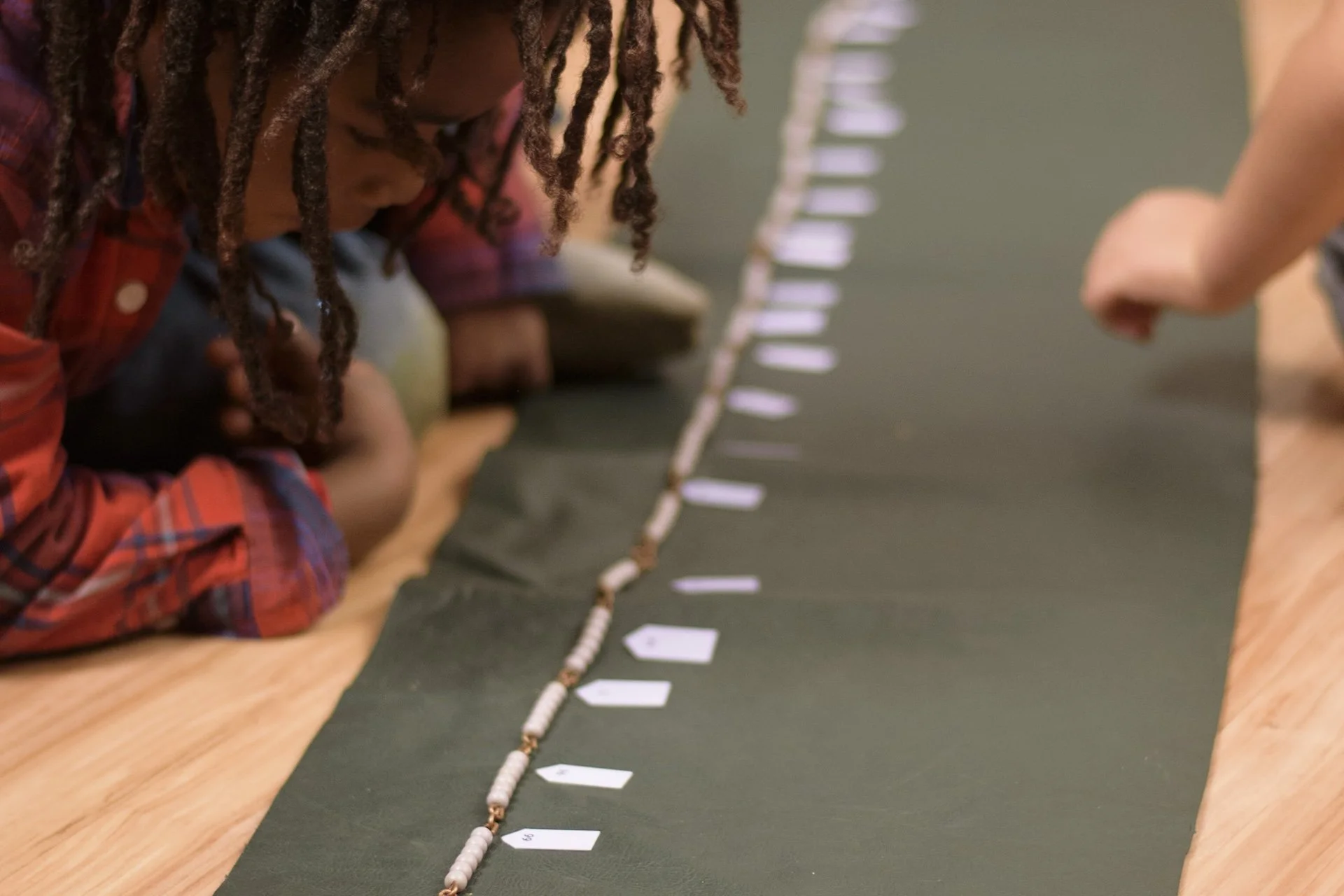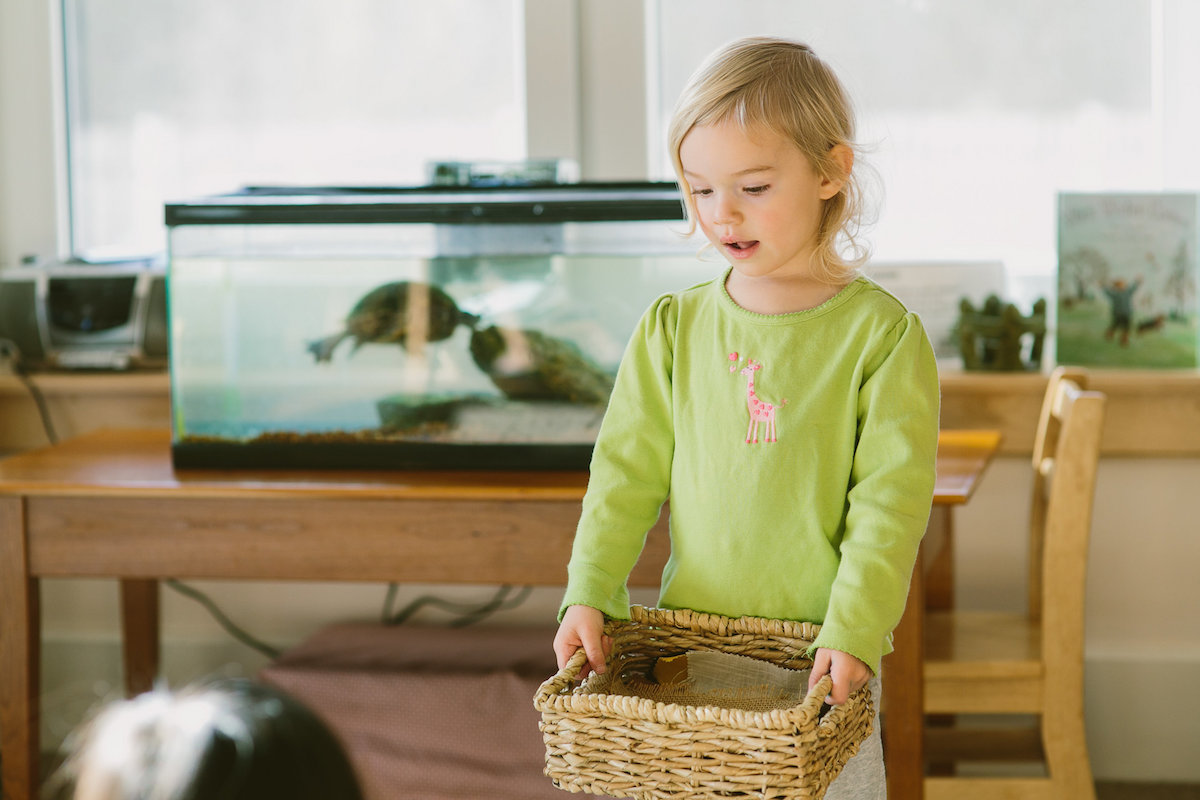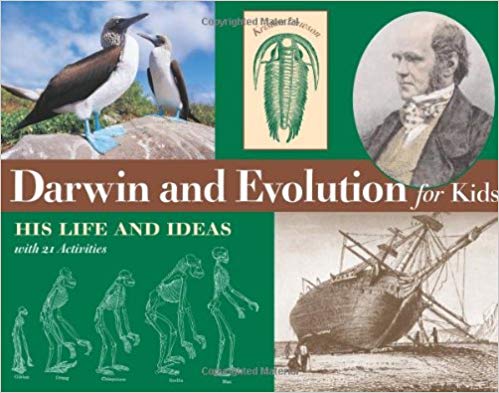Thanksgiving is a much-loved American holiday for most people. As with many events in history, many of the facts have been altered throughout the years. Often these false versions of the event are even taught in a variety of schools. In the spirit of taking a closer look at our country’s culture and history, we dedicate this blog post to acknowledging the perspective of the native people.
History of the Event
When the early colonists (often referred to as ‘pilgrims’) landed in North America, they built their village in close proximity to a group of people called the Wampanoag. While the two groups had made contact with one another, they weren’t really considered friends. In fact, the colonists stole corn and other items they found that was assumed to be harvested by the native people.
Life in a new land was very hard on the colonists. Many of their people died and everyday life was a struggle. To celebrate the passing of their first year, the people decided to hold a celebration which would include food and games. They discharged weapons as either a part of their celebration or perhaps while hunting, and the sound of the guns alarmed the nearby Wampanoag people. Sachem Massasoit and a group of 90 men traveled to investigate the situation and soon realized that there was no threat. This small group of Wampanoag men joined in the celebration which lasted three days. Primary source documents suggest that the native men hunted several deer and perhaps some other game to contribute. Many of the foods we consider traditional were not, in fact, enjoyed during that celebratory feast.
It is important to note that while this one particular Thanksgiving celebration is the root of our historical holiday, the Wampanoag people gave thanks via formal celebrations several times each year for thousands of years prior. These traditions were a way of acknowledging the earth, as well as their people’s connections to the earth and to each other. Today’s modern Thanksgiving is a day of mourning for many native people, as they remember their generosity toward the settlers was met with theft of land, violence, and destruction of their homes and people just a generation later.
Wampanoag Thanksgivings
Wampanoag people gave thanks each day and held many special celebrations throughout the year. Their new year coincides with planting crops in the spring. The beginning of summer is marked with a strawberry celebration. Cranberry Day was (and still is) celebrated in the fall and a winter celebration was a time to share food and supplies with those who did not have as much. To this day, native children are given the day off from school to celebrate Cranberry Day, an important cultural tradition.
The video below shows elder Gladys Widdiss recounting her experiences with Cranberry Day when she was young, and also shows Wampanoag educator Annawan Weeden teaching a group of teachers how to play a traditional game called hubbub.
Interested in trying traditional native food? The recipe for nasaump comes from the Plimoth Plantation website (https://www.plimoth.org/learn/just-kids/recipes):
Nasaump is a traditional Wampanoag dish that is made from dried corn, local berries, and nuts. It is boiled in water until it thickens and is similar to a porridge or oatmeal.
1 1/2 cups cornmeal
1 cup strawberries, raspberries, blueberries or a combination of all three
1/2 crushed walnuts, hazelnuts, sunflower seeds or a combination of all three
1 quart water
maple syrup or sugar to taste (optional)
Combine cornmeal, berries, crushed nuts, and the optional sweetener in a pot of water and bring to a boil. Turn down the heat to medium and cook, stirring frequently, for 15 minutes.
Follow the link above to find more recipes, including the English settlers’ stewed pompion (pumpkin).
Common Myths
History has debunked much of what we consider to be true about Thanksgiving. Some common myths:
The pilgrims landed on Plymouth Rock. Plymouth Rock is a landmark that visitors flock to even today. There is no evidence that the colonists actually landed on the rock, and in fact evidence suggests quite the opposite.
Squanto was a friend to the pilgrims. Squanto, one of the few native people that spoke English, often served as an interpreter between the two groups. Years earlier, he had been captured and taken to Europe as a slave, only to eventually return home to find his people’s village wiped out by disease. Squanto used his position to his own benefit, often stirring up trouble between the colonists and the native people.
There was cranberry sauce and popcorn at the celebration. There is no record of either, or many other foods that people believe the Wampanoags and colonists shared. There were the deer that Massasoit and his men caught, as well as turkey, nasaump, and pumpkin.
The colonists and Wampanoags were friends. The Europeans viewed the native people as heathens and the Wampanoags did not trust the colonists. As time went on, the colonists took more of the native people’s land, and when the Wampanoags attempted to defend themselves, they were massacred, sold into slavery, or forced to flee.
To learn more about the history of the Wampanoags, early English colonists, and their interactions, visit the following pages:
http://www.wampanoagtribe.net/pages/wampanoag_education/celebrations
http://www.bostonkids.org/learning-resources/native-voices
http://oyate.org/index.php/resources/43-resources/thanksgiving


















